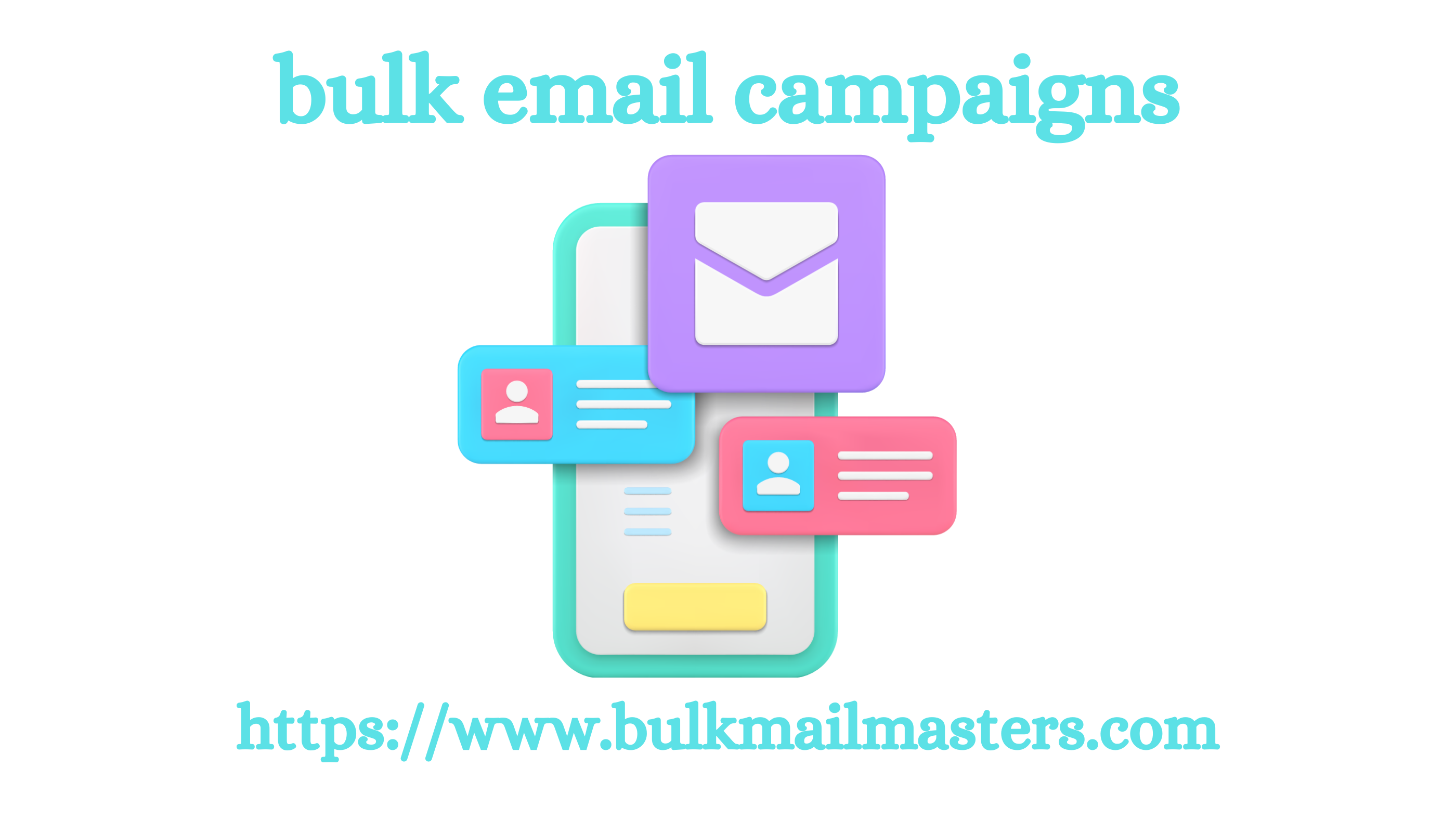Post by hasina789956 on Oct 29, 2024 9:59:53 GMT
Most businesses have an FAQ (or Frequently Asked Questions without an acronym) on their website. This page includes a series of questions frequently asked by customers and covers topics such as how to use the product or service , opening hours , pricing , shipping , return policies , etc. Although sometimes overlooked, FAQ pages are an important part of a customer service strategy and save time for both the customer and the business . Customers don’t need to contact customer service to get answers to simple questions, and employees can provide canned answers to common questions . Here are 7 examples of useful questions to help you turn your FAQ into a rock-solid customer service . How do I identify the most frequently asked questions to create my FAQ? Your FAQ page should answer the most common questions customers have about your products, services, and brand as a whole.
The best way to identify these issues is to dig into your customer service data and see what issues customers are regularly contacting you about . First, use the wealth of data you have to identify your most common questions. To do this, access your history of customer requests to support or customer relations. Sometimes, some have it on a good old spreadsheet or in emails. Some ticketing bulk email campaigns systems even offer tagging features that allow tickets to be labeled, which automatically categorizes them into a stored database. Additionally, a good linked reporting tool will allow for a quick view of the most common requests. How should I structure my FAQ? Depending on what your business sells and how many products it offers, your FAQ page can be a single page with a list of questions or multiple pages linked together. What works best for your business will vary based on your customers' needs and how easy it is to troubleshoot your products and/or services .

When creating your FAQ articles, try to use searchable keywords in both your article titles and your writing . This will make your pages easier to find because they will contain the same terms and phrases that visitors are searching for. To do this, make sure to work on a clear tree structure, organized into Tags, with the possibility of filtering, in order to build the best possible knowledge base . How do I manage unanswered questions in my FAQ? FAQ pages are designed as a first support option for customers looking for an immediate answer to a quick question or issue. They should not replace your knowledge base or your entire support team, but rather complement your support channels as an additional, lightweight resource. When customers have questions that go beyond the scope of your FAQ page, you need to have options that put them directly in touch with your support team.
The best way to identify these issues is to dig into your customer service data and see what issues customers are regularly contacting you about . First, use the wealth of data you have to identify your most common questions. To do this, access your history of customer requests to support or customer relations. Sometimes, some have it on a good old spreadsheet or in emails. Some ticketing bulk email campaigns systems even offer tagging features that allow tickets to be labeled, which automatically categorizes them into a stored database. Additionally, a good linked reporting tool will allow for a quick view of the most common requests. How should I structure my FAQ? Depending on what your business sells and how many products it offers, your FAQ page can be a single page with a list of questions or multiple pages linked together. What works best for your business will vary based on your customers' needs and how easy it is to troubleshoot your products and/or services .

When creating your FAQ articles, try to use searchable keywords in both your article titles and your writing . This will make your pages easier to find because they will contain the same terms and phrases that visitors are searching for. To do this, make sure to work on a clear tree structure, organized into Tags, with the possibility of filtering, in order to build the best possible knowledge base . How do I manage unanswered questions in my FAQ? FAQ pages are designed as a first support option for customers looking for an immediate answer to a quick question or issue. They should not replace your knowledge base or your entire support team, but rather complement your support channels as an additional, lightweight resource. When customers have questions that go beyond the scope of your FAQ page, you need to have options that put them directly in touch with your support team.


